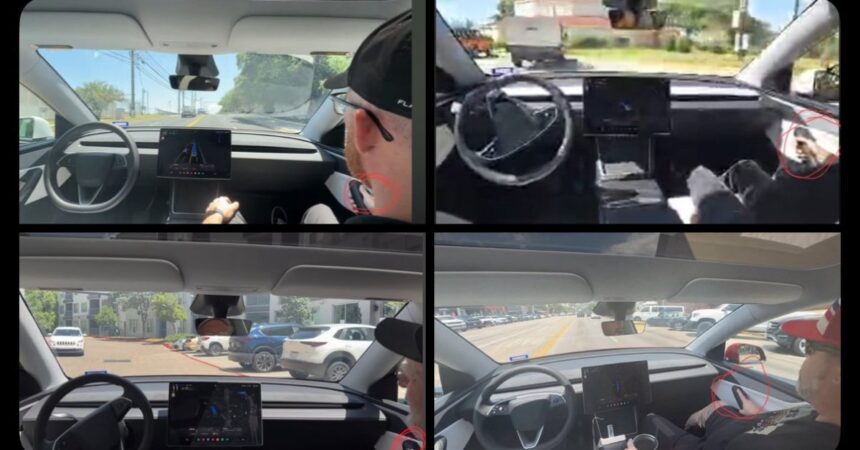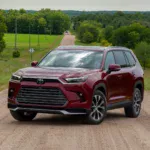Tesla’s stock surged approximately 10% today following the highly anticipated launch of its Robotaxi service over the weekend, sparking speculation among traders that the electric vehicle maker is poised to challenge Waymo’s six-year head start in autonomous driving technology.
The rollout began this past weekend with Tesla deploying a dozen vehicles equipped with its latest Supervised Full Self-Driving software. These cars operate within designated areas of South Austin and require human oversight—a driver seated in the front passenger seat, physically present during rides. The operator maintains a modified door button seemingly designed as an emergency override mechanism.
Tesla extended invitations to this exclusive app access primarily through Elon Musk’s X platform, targeting early adopters among Tesla enthusiasts. This approach mirrors what Waymo pioneered back in 2018: driver-supervised autonomous rides. While Tesla has now entered the game, its current stage relies on human supervisors within the vehicle—an essential component until fully autonomous systems can reliably operate without direct oversight.
The market reaction suggests investors believe Tesla can surpass Waymo’s progress and potentially revolutionize the ride-hailing industry by scaling up the autonomous driving experience multiple times over. However, despite Musk’s claims that Tesla’s technology avoids “costly, specialised tools or intensive mapping,” reports indicate extensive ground-truthing activities in Austin prior to launch—including lidar deployment—which contradicts this narrative.
This situation highlights a significant gap between Tesla’s ambitions and tangible progress. While the stock surge reflects optimism about competing with Waymo, the reality remains that autonomous driving technology is still nascent on both sides. The upcoming year will be critical for determining whether Tesla can achieve its goal of fully driverless operations or if it faces substantial hurdles similar to those experienced by Waymo.
Tesla’s valuation currently stands at over 200 times its current earnings—a testament to investor confidence in its potential to reshape the autonomous driving landscape. Yet, this enthusiasm must temper expectations about actual technological advancement; neither company has demonstrated true autonomy yet. The road ahead is long for both industry leaders as they navigate the complexities of scaling truly driverless services safely and efficiently.











